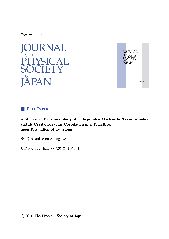摘要
A hexagonal close-packed to face-centered orthorhombic (hcp-to-fco) transformation in a Ti lattice, upon dissolution of Cu atoms, is observed by molecular dynamics simulations based on a proven realistic many-body Cu-Ti potential. It was found that the phase transformation takes place through two main simultaneous actions, i.e., lattice elongation along the < 2 (1) over bar(1) over bar0 > close-packed directions and relative movement or slide between adjacent close-packed planes along the < 01 (1) over bar0 > directions. By analyzing the crystallographic relationship between the hcp, bcc (body-centered cubic), and fco structures, it is proposed that the phase transformation occurs through a reverse mechanism, for the body-centered cubic to hexagonal closed-packed (bcc-to-hcp) phase transformation, together with lattice constant adjustments.
- 出版日期2010-10
- 单位清华大学
